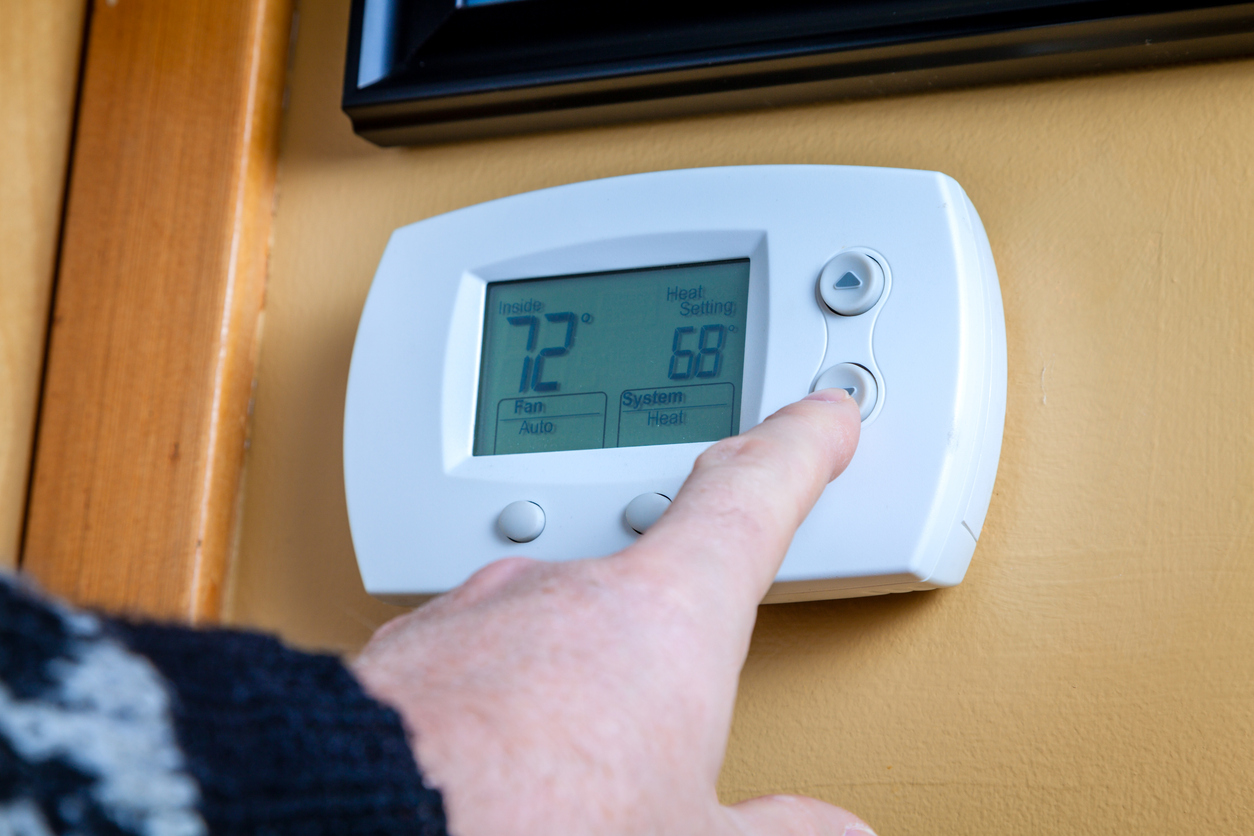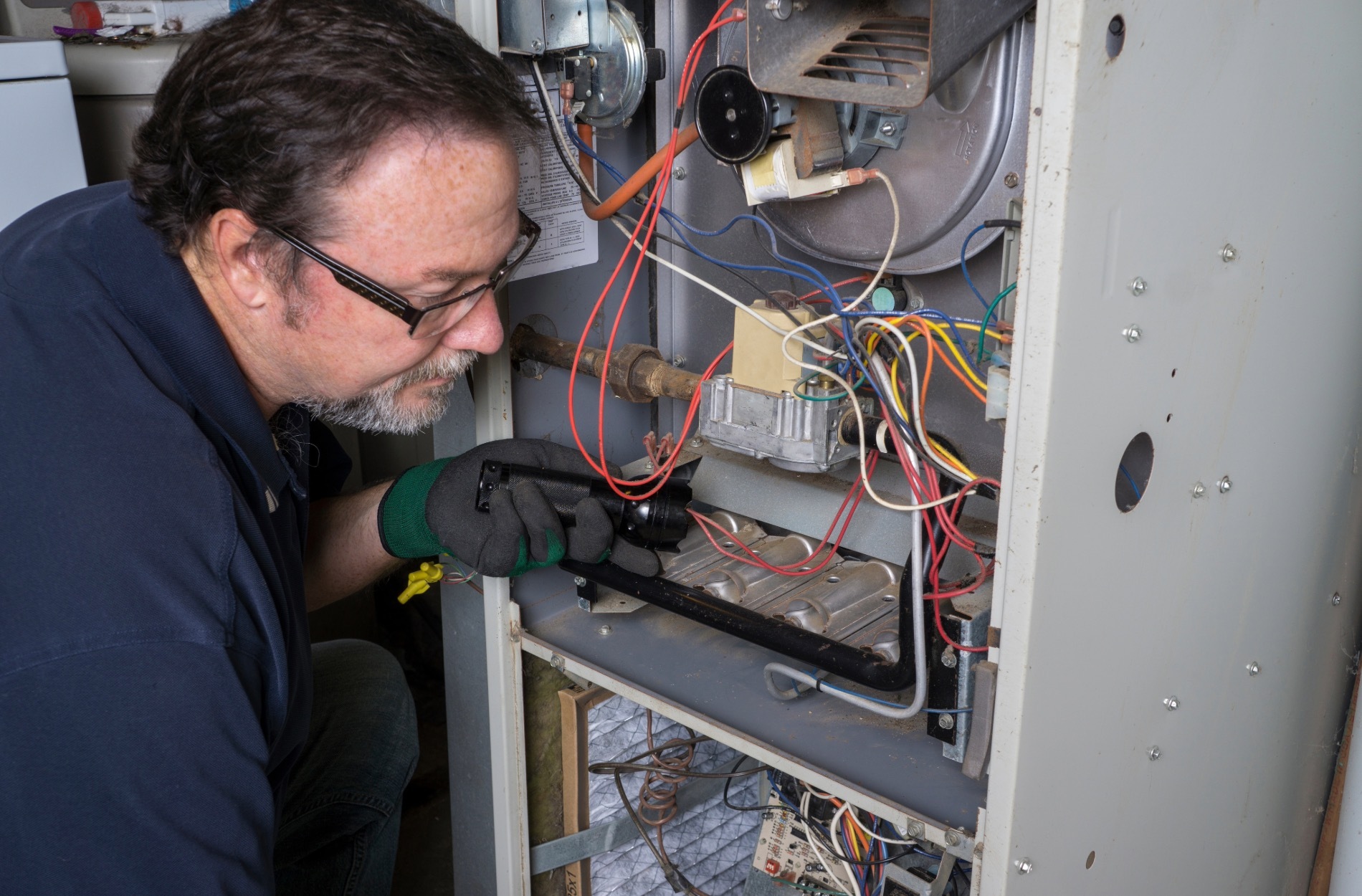Indoor air quality is a critical element of every home, impacting the health and comfort of its occupants. Factors such as dust, pet dander, mold, and allergens contribute to poor indoor air quality and can lead to a range of health issues, including asthma, allergies, and respiratory problems. This is why it is essential to invest in an effective air cleaning solution, especially in Layton, Ogden, or Roy, Utah, where temperature fluctuations and weather conditions can exacerbate air quality issues. One of the most popular solutions to improve indoor air quality is the use of air cleaners.
Air cleaners can play a significant role in purifying your indoor environment and reducing potential health issues caused by poor air quality. Learn the different types of air cleaners available, how they function, and why it is vital to maintain their efficiency. Our professionals are dedicated to helping you choose the best air cleaner to meet your household's unique needs and preferences.
Types of Air Cleaners
Understanding the variety of air cleaners on the market will help you make an informed decision about which option best suits your needs. Let's discuss three prominent types of air cleaners in more detail:
1. Mechanical Air Filters
Mechanical air filters rely on a physical filter media to capture and remove airborne particles and pollutants from your indoor air. High-efficiency particulate air (HEPA) filters fall into this category and are known for their exceptional ability to trap particles as small as 0.3 microns. These filters are excellent for households with allergies or asthma, as they effectively remove common allergens such as dust, pollen, and pet dander.
2. Electronic Air Cleaners
Electronic air cleaners utilize electrostatic technology to remove particles from the air. These devices create an electric charge that attracts and captures airborne pollutants. The two main types of electronic air cleaners are electrostatic precipitators and ion generators. Electrostatic precipitators use charged plates to trap particles, while ion generators release ions into the air, causing particles to group together and become easier to remove.
3. Ultraviolet (UV) Germicidal Lights
UV germicidal lights target and neutralize airborne pathogens, such as bacteria, viruses, and mold spores. This type of air cleaner uses UV-C radiation to damage the genetic material of microbes, rendering them inactive and unable to reproduce. Installing UV germicidal lights in your HVAC system can reduce the presence of harmful microorganisms in your indoor air and provide a healthier living environment.
Selecting the Right Air Cleaner for Your Home
With the many air cleaner options available, choosing the right one for your home requires careful consideration of your needs and preferences. Here are some factors to keep in mind when making your decision:
1. Specific Air Quality Concerns
Consider your household's specific air quality concerns, such as allergies, asthma, or the presence of harmful microorganisms. Depending on your individual needs, you may opt for an air cleaner that targets allergens or one that focuses on reducing airborne pathogens.
2. Size and Performance
Air cleaners come in various sizes and performance levels, so it is essential to find a unit that is appropriately sized for your home and can handle the volume of air circulating through your HVAC system. Research the air cleaner's clean air delivery rate (CADR) and compare models to determine which is best suited for your space.
3. Noise Level
Some air cleaners can generate noise while operating. Be sure to check the sound levels of different models and consider where the air cleaner will be placed in your home to avoid any unwanted disruptions.
4. Energy Consumption
Review the energy consumption of each air cleaner model to ensure it aligns with your household's energy efficiency goals. Typically, mechanical air filters will consume less energy than electronic air cleaners.
Essential Air Cleaner Maintenance
Proper maintenance is integral to the effectiveness and longevity of your air cleaner. These essential practices will help you maintain optimal performance:
1. Regular Filter Replacement
Mechanical air filters require periodic replacement to ensure efficient operation. Check the manufacturer's recommendations on how often your specific filter should be replaced, and set a regular schedule to stay on track.
2. Cleaning Electronic Air Cleaners
Electronic air cleaners should be cleaned regularly to remove collected particles. Follow the manufacturer's instructions for proper cleaning techniques and frequency.
3. Inspecting and Replacing UV Germicidal Lights
UV germicidal lights lose their effectiveness over time and require eventual replacement. Inspect the units regularly for any signs of damage or decreased performance and replace them according to the manufacturer's guidelines.
Conclusion
Air cleaners offer a powerful solution for improving indoor air quality and enhancing the overall health and comfort of your Utah home. By understanding the different types of air cleaners available, selecting the right option for your needs, and practicing essential maintenance, you can enjoy the benefits of cleaner, fresher air for years to come.
As reliable HVAC contractors in Layton, UT, Luna Heating and Air provides expert advice, installation, and maintenance services for your new air cleaner, ensuring your home remains a healthy and comfortable sanctuary for you and your family. Contact us today to schedule an appointment!

Optimus Financing
Get flexible financing for your Luna Heating & Air upgrade with Optimus. Apply today and see how easy and affordable it is to bring year-round comfort to your home.


Blog
.png)

Save Money with Energy Efficient HVAC Systems Today!




.avif)
